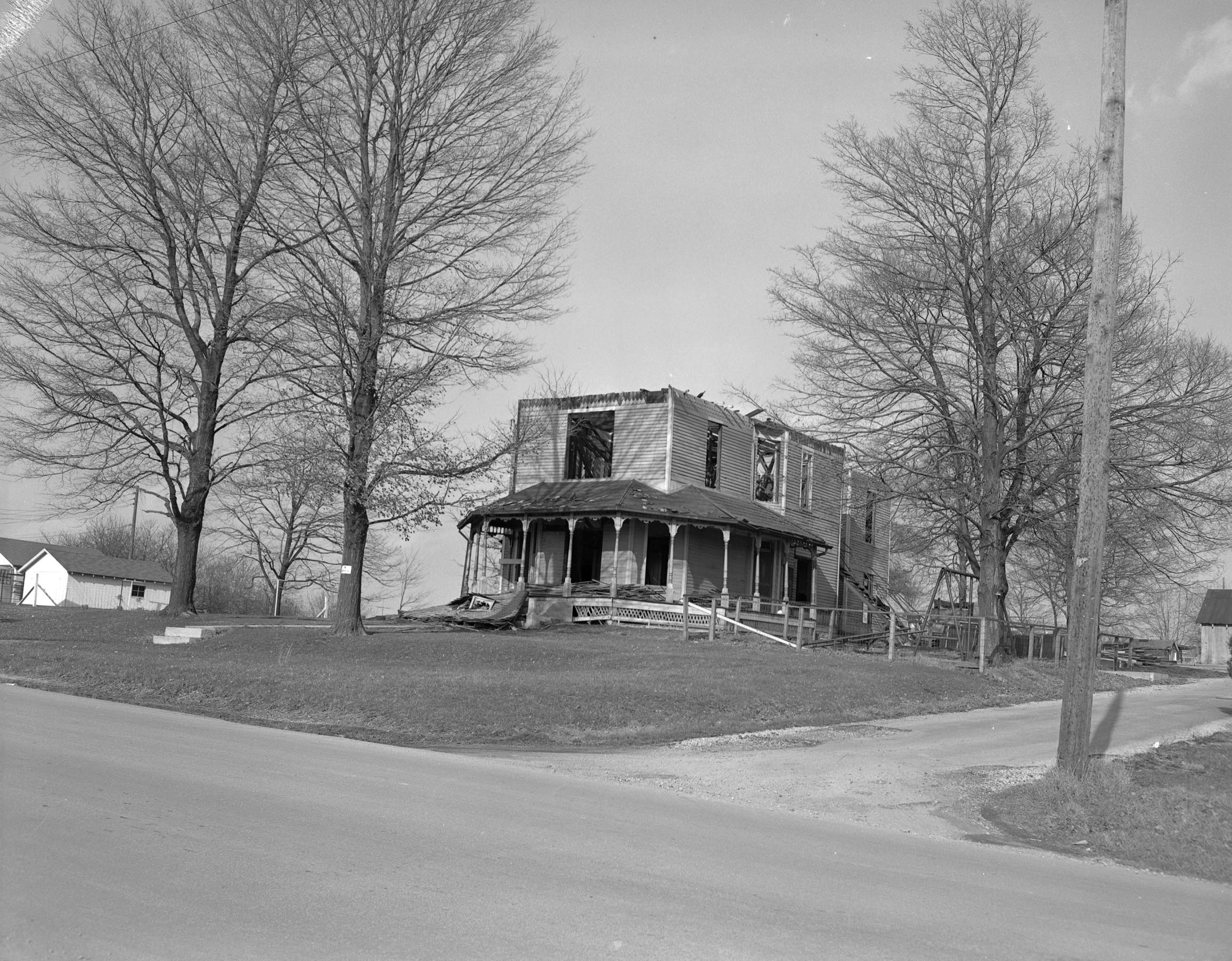With flu season upon us, we thought it would be a good time to revisit campus health care from yesteryear. Students on the present-day Indiana University campus may take for granted the wealth of medical services available through the Student Health Center. However, for more than eighty years—from the University’s founding in 1820 until the turn of the twentieth century—no formal, organized health services or health center existed to serve student needs. In response to worries over the smallpox epidemic sweeping the nation following the Spanish-American War c. 1898 and a growing student body coming to IU from areas with poorly enforced vaccination regulations, Indiana University administrators set plans in motion to construct or purchase a building to be used as a hospital for students with infectious diseases.
After reports of smallpox’s increasing virulence within the state of Indiana, University President William Lowe Bryan took precautionary measures and moved forward with plans to secure a site for a smallpox hospital. On December 15, 1902, the University purchased a two-story frame building—originally a farm house—on South Henderson Street, approximately one mile south of the University Campus; at the time, this spot was on the outskirts of Bloomington, though the site is near the present-day Templeton Elementary School just south of the Bryan Park neighborhood. The building’s distance from the University along with the five acres of land on which it sat ensured that potential spread of disease to healthy students or neighbors would be minimized. The building essentially became the University’s Isolation Hospital, though it was colloquially deemed the “Pest House.” Students suspected of having contracted a contagious disease were confined to this house until they fully regained their health.
Harvey Pryor became the first Pest House caretaker and nurse for contagious patients. Pryor was chosen for this position because he exhibited resistance to smallpox after having it in his family, though he is not known to have had any formal training in medicine. As anticipated and detailed in Bryan’s President’s report in March, 1903, several students—five with smallpox and one with scarlet fever—were admitted to the Pest House during its first winter of operation. The facility was continually used to treat students with infectious diseases such as smallpox, scarlet fever, diphtheria, and influenza until 1939, when a larger Health Center building was constructed near the current I.U. Chemistry Building. Advances in modern medicine made the need for an isolation hospital nearly obsolete, and the new Health Center could better accommodate the wide range of health needs demanded by a burgeoning student population; this facility was replaced by the present-day Health Center in 1965. The old Pest House was eventually dismantled in 1957 after standing abandoned and in disrepair for a number of years.

The University Archives houses various records and reports related to the Pest House’s role on campus in terms of the presence of disease among the student body, specific patient stays, fees incurred for hospital care, and building maintenance and inspections. Please do stop by the Archives to learn more if this brief history piqued your curiosity!
2 Comments
Hey There Ajankows,
Thanks, on a related note, My first thought when looking at an old rustic house is the delightful charm that is evident in every nook and cranny. This sort of home, with its many historical features appeals to people who appreciate traditional values. In combination with modern conveniences, a rustic home can offer quality and functional style with a charming traditional ambiance. This is the basic concept of the ideal rustic kitchen.
BTW great blogpost
Amy,
Excellent post, very interesting stuff here! Thanks for sharing!